
Alcoholism is a social disease, the problem of which is aggravated by the public's attitude to drinking. Many people regularly consume alcoholic beverages, and consider this the norm. Patients themselves rarely seek help. They prefer to hide their addiction, fall into denial. There are 4 stages in alcoholism, each of which is characterized by certain symptoms and signs.
At the first stage, a stable psychological dependence is formed. Drinking is becoming systematic, and tolerance to ethanol is growing. A person gradually increases the dose – over time, he drinks 5-10 times more than initially. In parallel, the gag reflex disappears, a healthy aversion to alcohol. A person becomes convinced that he is more comfortable with alcohol – there are excuses for another drunkenness, in a sober state the patient will be nervous and worried, worried about plans for the evening.
The gag reflex disappears gradually. But his absence defines an alcoholic. A healthy person will develop nausea in the morning, he will be disgusted even to think about alcohol. An alcoholic has the opposite – in the morning he will not mind drinking a little more alcohol. His tolerance is growing every day.
There are also changes in behavior. A healthy person relaxes under the influence of alcohol, his reactions are inhibited, he just wants to sit and talk, have a good time. An alcoholic no longer feels the sedative effects of alcohol. In a state of intoxication, he begins to rush somewhere, get ready, he wants activity, something to do.
The reaction and personality traits are also changing. They sharpen, become more pronounced. For example, if a sociable person drinks, then under the influence of alcohol he becomes restless, he will endlessly tell something. If an angry and aggressive person drinks, then he will start a scandal or a fight.
At the first stage, memory lapses appear. At first, yesterday's events will resemble a puzzle - memories become fitful, fuzzy. Certain details are erased. Later there are real failures – in the morning a person cannot remember long periods of yesterday's fun. Note that in the later stages, these failures will only worsen – a person may not remember the events of a multi-day period.
At the first stage, it is very difficult to stop using. The increased tolerance threshold and the absence of a full-fledged hangover syndrome in the morning convince a novice alcoholic that he drinks in moderation, and that alcoholism will not affect him with natural consequences.
However, at the first stage , there are still some consequences:
Collectively, these symptoms are classified as asthenic syndrome. At the first stage, a person is not hungover yet, but he already feels that a few sips of a hot drink in the morning enliven him, improve his well-being.

The first signal of the second stage is an irresistible desire to drink alcohol. It occurs both in a state of intoxication and in a state of sobriety. A person is no longer looking for a reason to drink, he goes and buys a bottle himself. The doses that are drunk at official events and feasts are already "like a pellet to an elephant", they only irritate his appetite. Often, such people hardly sit out an event until the end, and immediately go to the store to "catch up".
A person no longer goes through companies – he can find drinking buddies at a beer bar or near a "point". In the absence of money, he sells things from home, takes debts, asks passers-by. The doses that such a patient drinks do not increase – they persist from the first stage.
The sedative effect of alcohol completely disappears. A person can fall asleep only after an infusion of a specific dose. Euphoria, pleasure, joy and laughter disappear – dysphoria comes instead: discontent, aggression, irritation. Fights, beatings, assaults, family violence may begin.
A person can no longer drink in moderation. He gets drunk to "black out", if there is not enough money, he agrees to cheap alcohol of dubious quality with admixtures of fusel oils and other chemicals. Any alcohol gets in the way, the main thing is to achieve intoxication. The next morning comes withdrawal syndrome.
This is a physical dependence that occurs against the background of a restructuring of the metabolism taking into account ethanol. Without alcohol, the body can no longer work normally. Immediately, binge drinking begins to develop – they are literally built on the withdrawal syndrome:
The patient's personality also changes – he develops addictive behavior. He loses control of situations, is drunk at work, can't calmly pass by alcohol.
When taking a large dose of alcohol, a person falls asleep with a heavy sleep, but after 3-5 hours, nightmares begin to torment him. He wakes up easily, and can no longer fall asleep normally. As a rule, an alcoholic wakes up with a feeling of severe panic, fear and anxiety.
The mental and somatic state suffers greatly: the addict is dizzy, his legs and arms become wadded up, his heart is pounding, signs of abuse clearly appear on his face, black circles form around his eyes. It is not easy to get up, a person shakes in different directions, he cannot move normally and control himself, he shakes. Thoughts in my head are only about one thing - to drink alcohol faster and improve well-being, otherwise death will come.
Drunk alcohol saves only for 2-3 hours, then the hangover comes back. A person needs to drink again, then add. During the day, he can drink 1-1.5 liters of vodka or other beverages in equivalent (the dose is indicated on average, approximately). In the morning, the hangover returns, but it gets stronger. Thus, the development of binge drinking occurs.
In a binge, an alcoholic forgets about work, important things, family, and so on. He drinks, alcohol comes first. Note that there are 2 types of binge drinking:
At first, pseudo-drinking develops – they stop at the request of a person when the continuation of drinking is fraught with some consequence for him (divorce, dismissal, and so on). A true binge comes later, but a person is no longer able to interrupt it.
Against the background of binge drinking, alcoholic delirium develops – a state of alcoholic psychosis. It comes on 2-4 days of sobriety. It is defined as a sharp attack with hallucinations, delirium, disorientation. In this condition, urgent help from psychiatrists is needed.
Before delirium comes anxiety, depressive mood, fears, melancholy. Visual illusions are formed. If a person sleeps at times, he sees nightmares. Later comes insomnia. With delirium, muscles usually tremble, temperature and pressure rise, tachycardia occurs.
The third stage is characterized by the formation of true binge drinking, severe somatic lesions of internal organs. In particular, patients develop:
The duration of this stage is usually up to 10 years, depending on the frequency of alcohol consumption. Many patients at this stage die from various pathologies. Alcoholic psychoses become more frequent in them, comatose states occur.

This is the last stage of alcoholism, which is no longer treatable. It is also referred to as an encephalopathic article, which means the end of an alcoholic career. The main sign of this stage is a decrease in tolerance to the drinks consumed. A person gets drunk from doses that get smaller every time. However, the addict drinks a lot a day – just his doses become microscopic. Alcohol recharge is needed on a regular basis, including at night. Gradually the dose decreases.
Often patients at the last stage of alcoholism switch to low-alcohol drinks. They are no longer interested in drinking vodka and other strong liquids – they do not physically pull them out. Such people lose control and become drunk from minor doses. At the same time, the patient's personality degrades – persistent and irreversible personality changes appear.
A person loses emotional connections, shows indifference to close people. For them, moral values dissolve, ethical norms become incomprehensible. There is cynicism, rudeness, rudeness, permanent aggression and anger. A person with chronic alcoholism at this stage loses interest in important things for a healthy person. The only thing he is interested in is hot drinks.
Also, encephalopathy is manifested in men and women at this stage. Information about alcoholic encephalopathy can be found on various resources, but in general these are various brain disorders that have arisen against the background of long-term abuse. They are organic in origin.
Often this stage is accompanied by epilepsy and seizures. They can occur both in the sober and in the drunken state of the individual. There are no methods that would help cure a person in the final stage of alcoholism - the changes become irreversible.
Often such people have permanent alcoholic amnesia. Naturally, they cannot work, perform any social functions, enjoy something. The craving for alcohol is firmly in the first place, nothing else in the world is interested in.
The final stage can last three years, five years - it depends on the state of health and other factors. But it is no longer treatable. Maximum - symptomatic and supportive therapy can be offered.
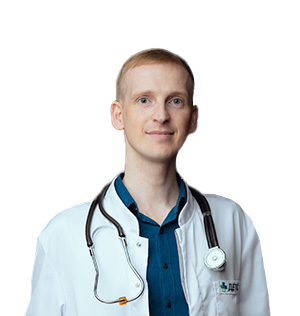
Стаж работы 16 Лет
Дата проверки: 30 Августа 2025

Отеки после алкоголя: причины и устранение проблемы
Какими бы ни были причины отечности, она является характерным сигналом...
21.01.2021
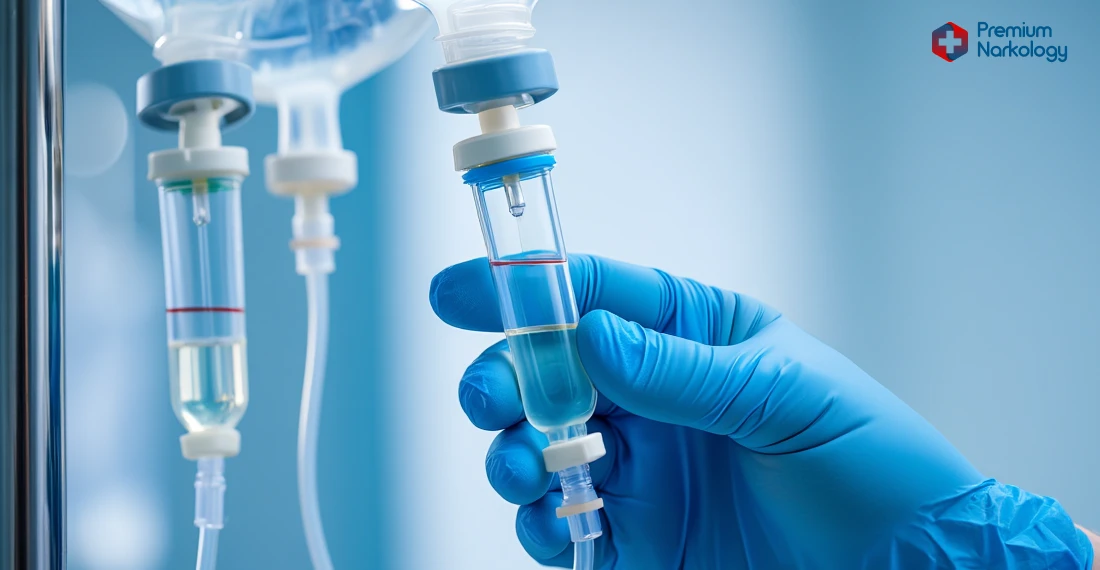

Запой: механизм развития, причины, симптомы, лечение
Запой – продолжительный прием спиртного в течение нескольких дней. По...
24.03.2021
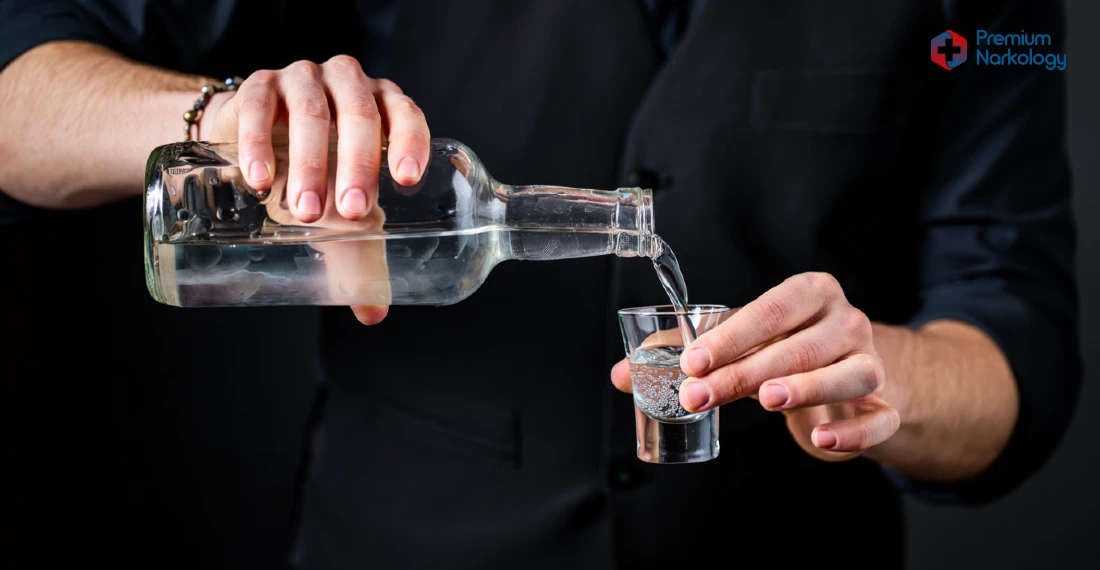
Алкоголизм: причины развития, признаки, лечение
Алкоголизм – заболевание, при котором формируется стойкая психологическая, физиологическая зависимость...
24.03.2021
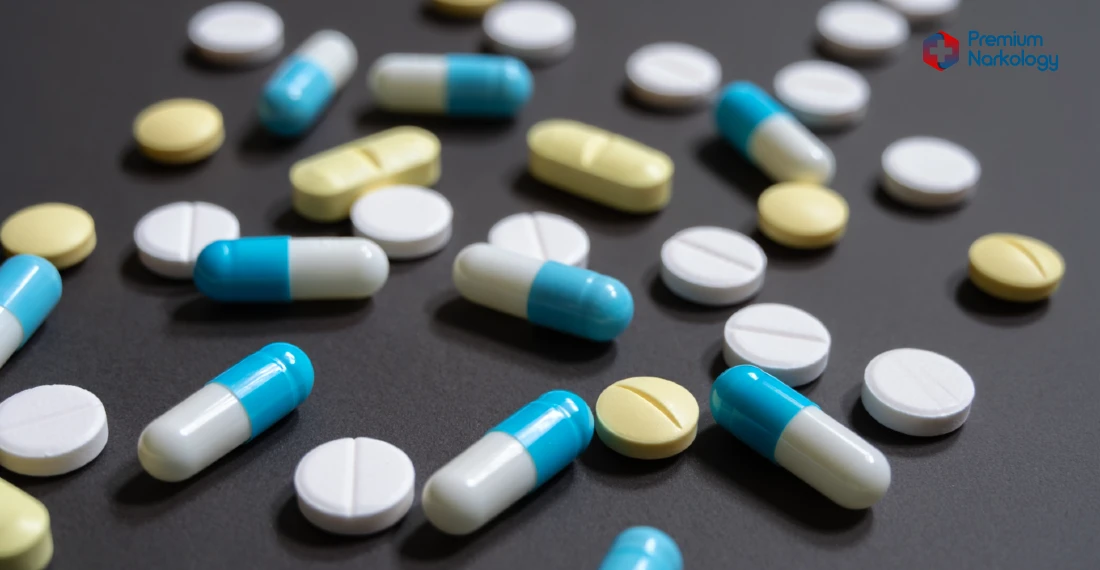
Какие таблетки от похмелья самые эффективные?
Что помогает при похмелье? Эффективных и доступных способов достаточно, и бороться...
06.05.2021
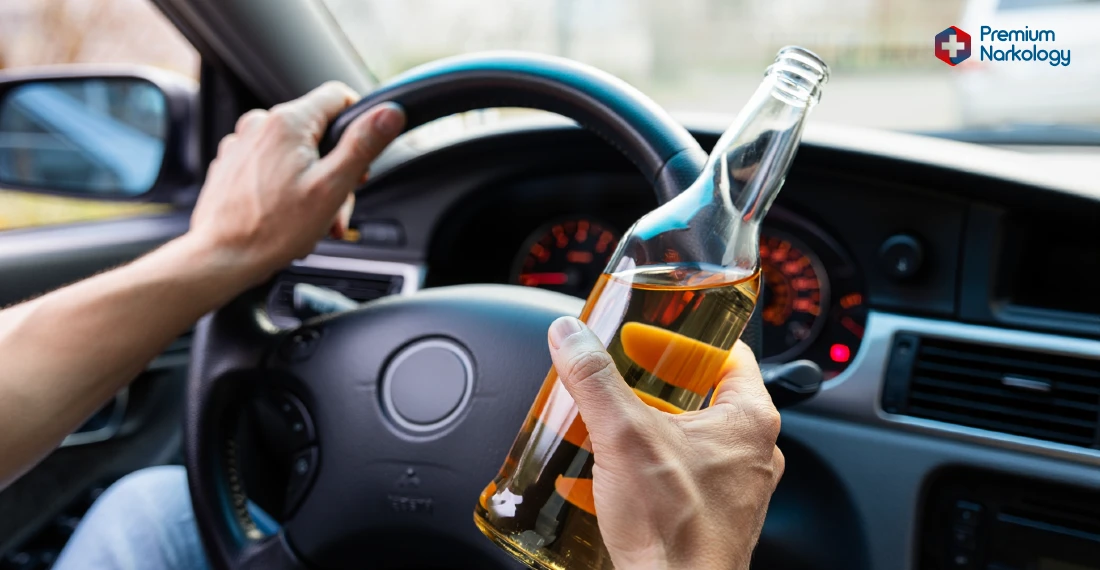
Через сколько времени после алкоголя можно за руль, какие факторы на это влияют
Ежегодно в России происходят сотни дорожных аварий по вине пьяных...
07.06.2021

Проблема алкоголизма в России
Алкоголизм в России стал широко распространенным заболеванием: пьющих людей легко...
15.07.2021

Как уснуть с похмелья: методы эффективной борьбы с этим критическим состоянием
Похмелье - мучительное состояние, одно из ярких проявлений сильной алкогольной...
31.08.2021

